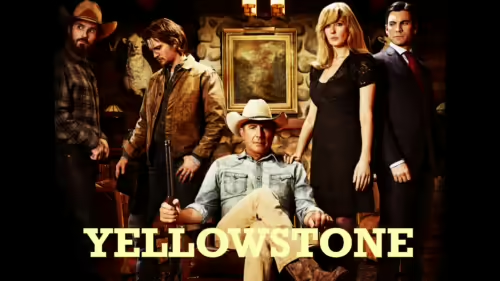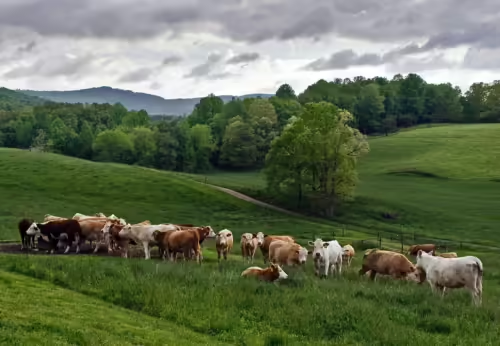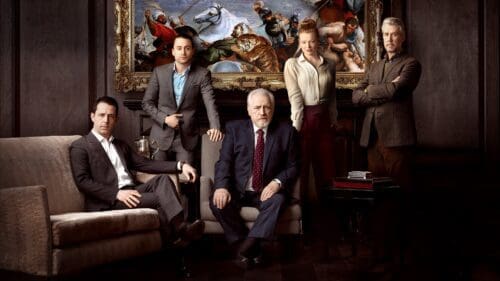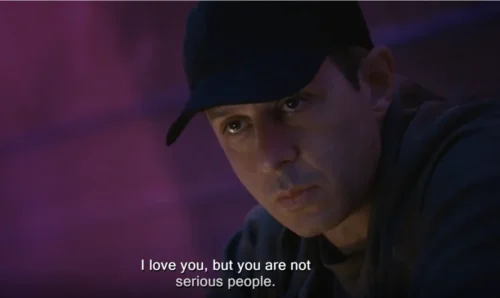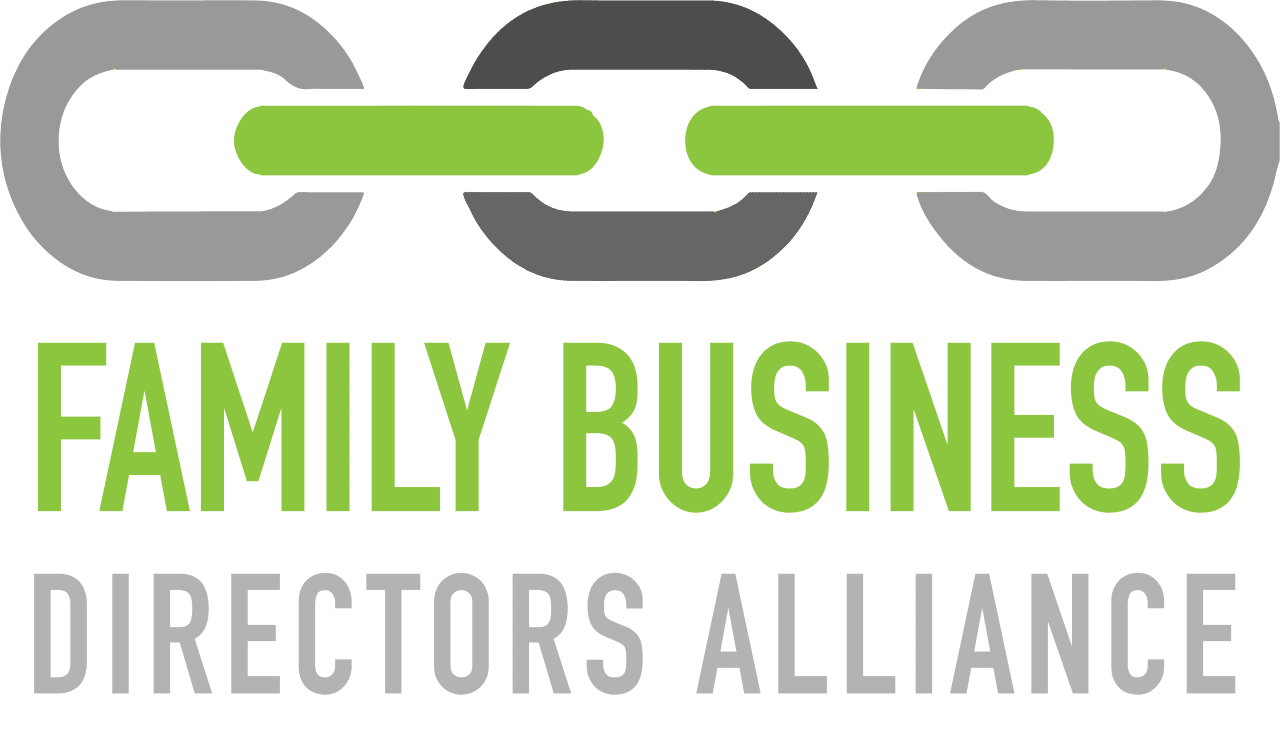Tradition and Change in Family Business: A Yellowstone Parallel to Reality
Like many family business leaders, John Dutton struggles to uphold longstanding traditions while external competitive pressures mount and next-gens clamor for change. “Yellowstone” is an American Western drama series that has portrayed the conflicts associated with a cattle ranch family business that began back in the 1890’s with the development of the American West. The much-anticipated final season debuts November 10, 2024.
The series stars Kevin Costner as John Dutton, the current patriarch, who is struggling to keep the business afloat to honor the legacy and the land he has inherited. External environmental and competitive forces have made the cattle rancher’s way of life harder to preserve. Dutton also has three surviving children who are fighting for their own goals, or against each other, which makes leadership transition or any other change very challenging.
So many unresolved issues remain before the series rides into the sunset – issues that mirror the real-life family business challenges that I’ve encountered as Director of the West Michigan Family Business Alliance. For instance:
- Who will win the siblings’ war for recognition, power and control: Beth, the devoted, tough, and business savvy daughter who seeks to protect her father at all costs; Jamie, the adopted son who lacks self-confidence and has consistently struggled to gain acceptance to the point of betraying his father; or Kayce, the only one who loves and embraces the cattle rancher’s way of life but seems uninterested in running the business?
- With the family’s livelihood and estate dependent on bringing the cattle to market, will this year’s cattle survive the illness spreading throughout Montana and killing the livestock?
- Will Kayce, and his Native-American wife, finally resolve their cultural differences rooted on the displacement of the Native American Indians during the American West development in the eighteenth century?
- Will John Dutton accept the changes suggested by his daughter Beth to keep the ranch profitable?
The most intriguing challenge is the current patriarch’s struggle to keep his family’s ranch – a kingdom of the size of Rhode Island – while upholding the traditions of the cattle ranching lifestyle in a challenging competitive landscape. Paradoxes are inherent to family businesses (Schuman, Stutz and Ward, 2010) and, like John Dutton, family business leaders must balance long-standing traditions with the need for change and innovation (McAdam, Clinton, & Dibrell, 2020). Successful family businesses must also identify what to preserve and what to let go of. This is called temporal symbiosis: the ability to concurrently perpetuate tradition while achieving innovation, acting as a “shield of the past and an engine for the future.” (Erdogan, Rondi and De Massis (2020).
The Struggle Between Tradition and Innovation
Family businesses are seen as protectors of the tradition, transmitting beliefs, practices, and legacies across generations, which together can limit the change needed to remain competitive over time (Erdogan et al., 2020). In “Yellowstone,” John Dutton’s tradition implies family loyalty, long and hard workdays herding cattle, and completing cattle drives by horseback. But his cattle ranching methods are not enough to withstand market disruptions, disease and the rising costs of operations and taxes. The ranch’s inability to vertically integrate downstream threatens not only its profitability, but also John Dutton’s ability to keep the promise made to his father of preserving the land for future generations.
Meanwhile, the next generation is not as aligned with the family business’s older ways, and the current generation struggles to keep them involved and engaged (Mc Adams et al, 2020). Beth Dutton, the next generation, envisions a different path forward. She breaks down the numbers for her father: the cattle are worth roughly $1.50/pound, hamburger is valued at $5.00/pound, and a good steak is worth roughly $39.00/pound. And another ranch, 6666, has sold over 8 million pounds of beef from their online website. Beth points out that while cattle ranchers sell cattle, ultimately selling beef is far more profitable. The money made from selling beef will create more financial stability for the Dutton family and could secure the land for future generations. This is a perfect example of vertical integration, without compromising tradition. She will do anything to keep her father happy and consequently save the family legacy and the ranch.
How Family Firms Can ‘Save the Ranch’
While the Dutton family and “Yellowstone” may be a dramatized example, laying the groundwork to avoid drama starts well before the conflict begins in family business. Successful transitions require engagement from both the current and the next-generation leaders. Past research (Kreg & Moores, 2017 and Craig, 2021) and my own experiences show that
Next-generation leaders are:
- Preparing and developing their business and leadership skills to move the business forward.
- Taking initiative (often without waiting for the baton to be passed).
- Developing a collaborative leadership style with trusted advisors and allies.
- Developing an entrepreneurial skillset and nurturing to establish this culture in the business.
The best current generation leaders are:
- Establishing trust in their next gen; treating them as equal business partners and not children.
- Providing them with a career path preparing them to lead the organization and to make their own decisions and mistakes.
- Recognizing that the next-generation leaders have different skills and will do things differently.
- Supporting the next-generation leadership development through a peer network, leadership training, and elevating professional opportunities within the organization.
- Learning to let go and move on.
Like other family businesses, Yellowstone’s path for future generations is not clearly defined or guaranteed. The above suggestions might help family businesses facing similar challenges chart a new vision to move forward, protect the business, and preserve the family legacy. While Beth Dutton’s solution is not the exact business the ranch has always been in, it could allow it to move forward. If John Dutton embraces this new vision and transition, he will be following his own advice to his troubled son Jamie: “Your grandfather used to say you can’t fix a broken wagon wheel, but you can use the parts to make a new one.”
Family Business Alliance strives to help family businesses with the tools, resources, and connections to help businesses succeed. Learn more about our resources including Leading Forward, Succeeding in Succession, and Navigating Governance that help to advance family business in our community.
Written by: Robin Burns, Family Business Alliance and Ana Gonzalez, Grand Valley State University
Learn More and Subscribe
References
Craig, J. B., & Moores, K. (2017). Leading a family business: Best practices for long-term stewardship. Bloomsbury Publishing USA.
Craig, J. B. (2021). Continuity Model Generation: Integrating Wealth, Strategy, Talent, and Governance Plans. John Wiley & Sons.
Erdogan, I., Rondi, E., & De Massis, A. (2020). Managing the tradition and innovation paradox in family firms: A family imprinting perspective. Entrepreneurship Theory and Practice, 44(1), 20-54. https://doi.org/10.1177/1042258719839712
McAdam, M., Clinton, E., & Dibrell, C. (2020). Navigation of the paradoxical landscape of the family business. International Small Business Journal: Researching Entrepreneurship, 38(3), 139–153. https://doi.org/10.1177/0266242619898610
Schuman, A., Stutz, S., & Ward, J. L. (2010). Family business as paradox (pp. 22-29). New York: Palgrave Macmillan.
